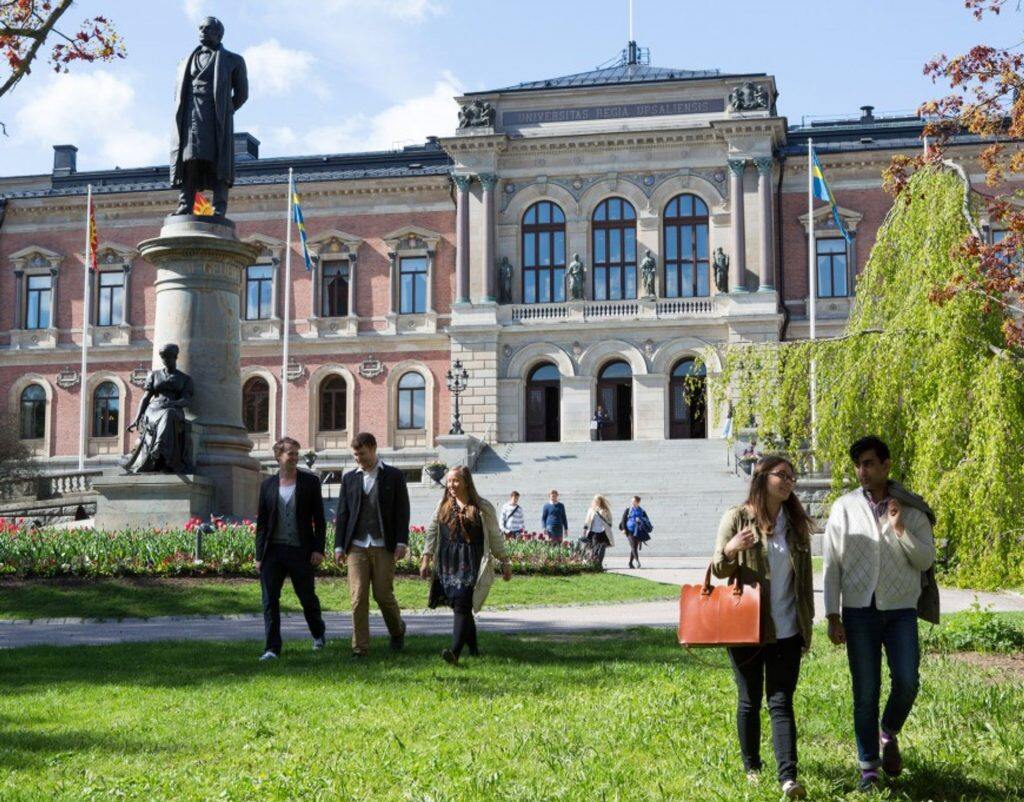Therapies for treating glioblastoma brain cancer can be delivered with greater precision and existing drugs can be used in new ways. These are the conclusions from a study from Uppsala University investigating a large number of cell samples from patients with brain tumours. The researchers have characterised how changes in glioblastoma cells influence the effect of different drugs. Their findings are published in the journal Cell Reports.


Glioblastoma is a severe form of brain cancer, with a very poor prognosis. It has become increasingly evident that glioblastoma tumours contain many genetic aberrations that vary between patients. Despite this, there is still a lack of ways to tailor the therapy to take account of these changes and patients currently receive similar treatments.
“This was the starting point for our study, in which we examined how glioblastoma cells from 100 Uppsala patients responded to different drugs. To do this we used cell cultures grown from patient samples and tested more than 1,500 drug substances to see how the cells responded,” says Professor Sven Nelander of the Department of Immunology, Genetics and Pathology at Uppsala University, who has been the principal investigator of the study.
The researchers then used an algorithm to investigate which changes in the cancer cells could best predict the effect of a specific drug. By means of this characterisation, they were able to group the tumours and found two main subgroups based on drug response and mutations in certain genes.
“By characterising the cells at multiple levels, we discovered unexpected associations between important genes and pathways, and different drugs. This in turn led us to find new ways to combine different drugs to maximise the effect. Our results thus provide a good starting point for further research aiming to increase precision and adapt the therapy for different glioblastoma patients. They can also be used to discover new purposes for already existing drugs,” says Nelander.
The study, financed by bodies including the Swedish Cancer Society, AstraZeneca and the Swedish Research Council, is a collaboration between researchers in Uppsala, London, Singapore and the US.







































